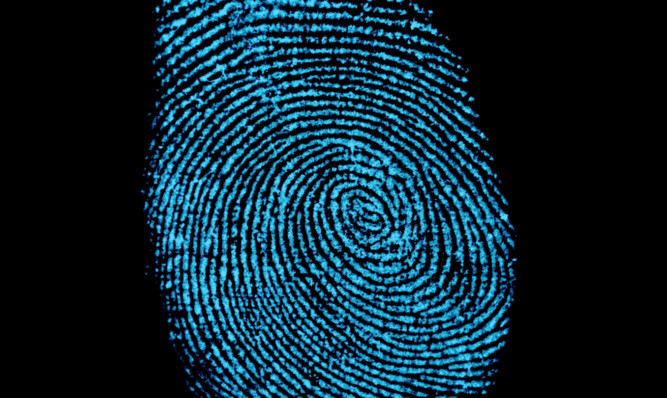Forensic scientists at the University of Abertay Dundee have made a breakthrough in crime investigation in Britain by recovering fingerprints from the surface of foods.
Research teams in India and Slovenia have reported success in recovering fingerprints from foods, but their chemicals are not routinely used in Britain.
Food surfaces are difficult for the recovery of prints and are often overlooked as items of evidence.
The Abertay team have found that fingerprints can be found on food by modifying an existing technique designed to recover them from the sticky side of adhesive tape.
Dennis Gentles, a former Tayside Police detective who examined crime scenes, said: “Although there are proven techniques to recover fingerprints from many different surfaces these days, there are some surfaces that remain elusive, such as feathers, human skin and animal skin.
“Foods such as fruits and vegetables used to be in that category, because their surfaces vary so much not just in their colour and texture, but also in their porosity.
“These factors made recovering fingerprints problematic because some techniques, for example, work on porous surfaces while others only work on non-porous surfaces.”
Now a forensic scientist at Abertay, he continued: “Using the right technique is of the utmost importance because if you use the wrong one it can destroy what could have been a vital piece of evidence.
“The fact that we’ve managed to successfully recover prints from such difficult surfaces as foods is another step forward in the fight against crime.
Modifying for the first time a substance known as powder suspension a thick, tar-like substance produced a clear, high-quality mark on smooth-surfaced foods like onions, apples and tomatoes.
